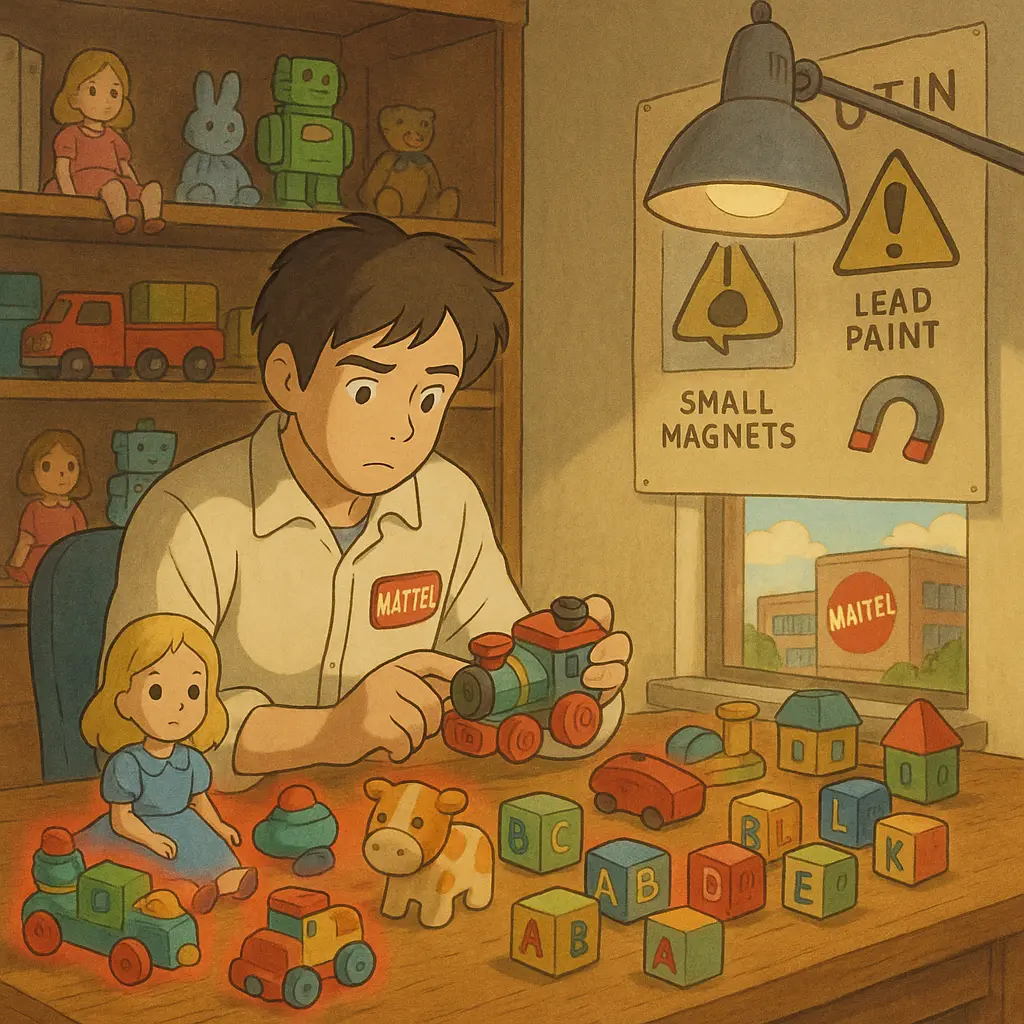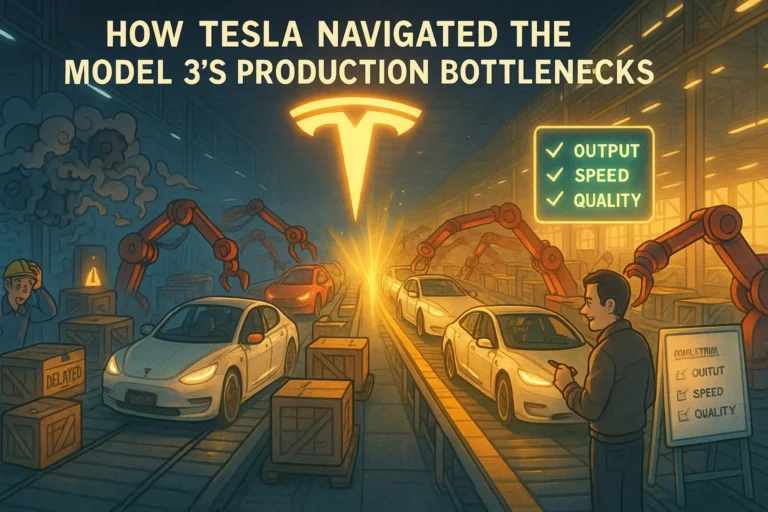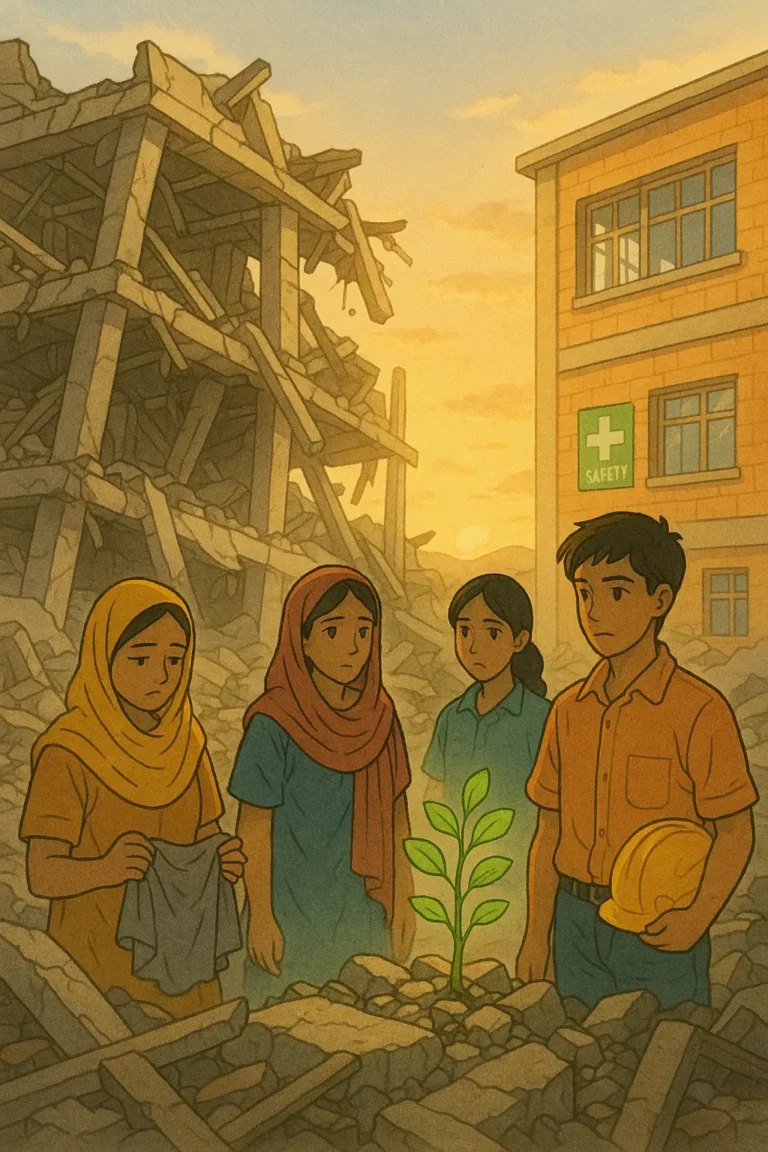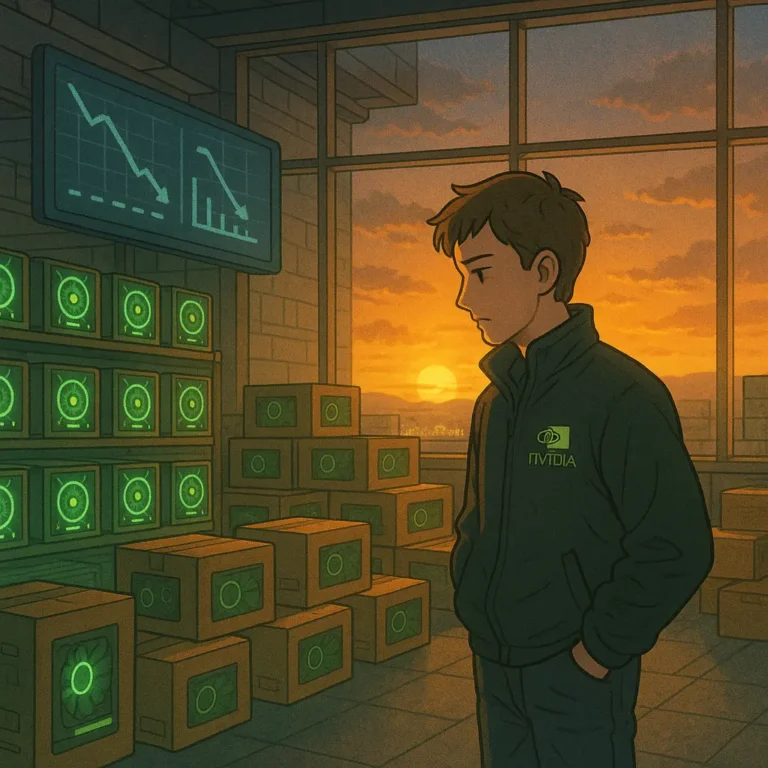
Mattel’s 2007 Toy Recall
Mattel’s 2007 toy recall was a supply chain breakdown shaped by weak oversight, design gaps, and a global operation that was moving faster than the systems built to govern it.
In this article, we will explore how a brand like Mattel, with a sophisticated supply chain network, lost control of a minor component of its product to the extent that it triggered a global shake-up. The article also explores the lessons to be learned from the story.
Key Nuggets:
- Mattel recalled over 18 million toys due to lead paint and loose magnets that caused life-threatening injuries.
- The root causes of the problem were design flaws, supplier shortcuts, and inadequate supervision across multi-tiered chains.
- Mattel paid more than $100 million, faced global scrutiny, and apologized to U.S. and Chinese regulators.
- Tougher toy safety laws followed, including the CPSIA 2008.
- African supply chains can learn from this by enhancing visibility, implementing effective testing, strengthening supplier governance, and refining crisis response planning.
How Mattel’s 2007 Toy Recall Unfolded
In 2007, it was discovered that lead levels on Mattel toys were far above legal limits and that the magnets could easily break loose and lodge inside a child’s stomach.
These toys were all manufactured across several Chinese factories. The discovery sparked a recall of 20 million toys that made global headlines and was especially damaging for Mattel, as parents had come to trust the company’s toys for their children.
That trust collapsed overnight.
The first safety failure came from a lead paint that one of the suppliers had used, which the company had never approved. Tests found lead levels up to 10,000 ppm, even though the U.S. limit at the time was 600 ppm.
This was not a small mistake. It showed that Mattel had no idea what its suppliers and subcontractors were doing.
The second failure came from the design.
Magnets inside toys such as Polly Pocket, Barbie sets, Batman toys, and other similar products were not securely attached. When children swallowed more than one magnet, the pieces became locked together inside the body, causing perforations of the intestinal tract.
At the time, several children had needed surgery to fix the issue.
However, Mattel later admitted the problem was in the design, not the factory.
Thomas Debrowski, the company’s head of worldwide operations, admitted to China’s product safety chief that “the vast majority of those products that were recalled were the result of a design flaw in Mattel’s design, not… a manufacturing flaw in China’s manufacturers.”
That admission changed the tone of the global debate because it revealed that the root cause was more extensive than just one factory.
Read More: Sustainability Lessons From the Rana Plaza Factory Collapse in Bangladesh.
The Circumstances Leading Up To Mattel’s 2007 Toy Recall
Ultimately, the recall happened because Mattel’s supply chain had grown faster than the company could manage. The supply chain had stretched across factories, subcontractors, and suppliers that Mattel did not always see or even know about.
1. Multi-Tier Chains With Weak Oversight
On paper, Mattel had compliance rules, but many of those were only enforced through documentation. As long as the documentation was okay, the company thought it had no reason to worry.
Paint suppliers were supposed to be certified, and factories were supposed to avoid subcontracting. But one paint supplier ignored the rule, subcontracted production, and introduced lead without detection.
A stronger visibility into supplier operations and a more robust oversight could have caught these errors.
2. Distance Between Mattel Teams and Factory Floors
Although Mattel had a strong staff presence across Asia, they were all far from where real decisions were made. Daily production took place inside plants, where cost pressure and speed pushed teams to cut corners.
Without any presence in these factories, Mattel could only hope that the suppliers were honest, which is not a strategy for any supply chain.
3. Cost Pressure that Encouraged Supplier Shortcuts
Low-margin toy manufacturing relies on thin cost structures, which is a key factor in suppliers considering a cheaper paint option. Pushing for a faster assembly time is acceptable, but without proper controls in place, the supplier may be forced to cut corners to meet the deadline.
Mattel did not catch those shortcuts in time.
The magnet issue exposed a different problem: Mattel’s own engineering had disregarded a known risk. It had already faced magnet problems in earlier recalls, yet the design stayed in use across multiple products.
The lesson here is simple: you cannot outsource risk.
Read More: Lessons from NVIDIA’s Inventory Write-Down in 2018.
Impact of The Recall on Mattel
Surveys at the time indicated heightened public concern about toy safety in general.
In financial terms, the recall proved to be very costly. Mattel had to pull millions of products off shelves worldwide, reimburse retailers and consumers, increase testing, and run public awareness campaigns.
By the end of 2007, Mattel’s recall bill had exceeded $100 million, effectively wiping out a significant portion of the year’s profits. The company’s stock price plummeted during the crisis. At one point in late 2007, Mattel’s share value had fallen roughly 18% from earlier that year.
Beyond the financial impact of these recalls, Mattel also had to pay a $2.3 million civil penalty to the U.S. Consumer Product Safety Commission for violating the federal lead paint ban – the highest fine of its kind at the time.
The firm also faced lawsuits and had to settle with 39 states, agreeing to pay $12 million in 2008 as part of a settlement involving lead-tainted toys.
All told, the financial damage, while significant, was manageable for a company of Mattel’s size (with about $6 billion in annual revenue). However, the brand damage and scrutiny were perhaps of greater concern for the long term.
Do you want more supply chain stories like this? Subscribe here.
How Mattel’s Supply Chain Responded to the Toy Recalls
Once the issues were confirmed, Mattel adopted a playbook that has shaped how brands manage large recalls today.
1. Clear Public Apologies
Mattel chose transparency. The company’s CEO, Robert Eckert, released video messages in which he apologized for the crisis and also met with the press. He explained what had gone wrong and how the company would rectify the issue.
His message, as a father of four, also lent weight to the apology. According to him, Mattel would be “vigilant and unforgiving in enforcing safety.” That worked because it calmed parents and showed respect for regulators.
2. A New Testing and Supplier Control System
Mattel introduced a three-point testing program that covered: raw materials, in-process inspections, and screening of finished goods before their shipment.
Mattel also began testing every batch of paint, a step it had not taken before. The company increased random inspections and banned non-approved subcontracting. And factories that broke rules were removed.
3. Redesign of Magnetic Toys
Mattel strengthened the magnet casing and re-engineered toys to prevent magnets from breaking free and becoming a hazard. This shift marked a turn toward designing hazards out, instead of managing them with warnings.
4. Cooperation With Regulators
Mattel supported stricter safety rules, including the push for tougher laws in the U.S. That push led to the 2008 CPSIA, which made third-party testing compulsory for all toys sold in the country.
This law reshaped global toy supply chains by setting clear limits on lead, forcing factories to change materials, and pushing brands to document every step of production.
Read More: How Tech Powered Record-Breaking Alibaba’s Singles’ Day Delivery in 2020.
Lessons From Mattel’s Toy Recall in 2007
These lessons apply to every supply chain, whether it moves toys, food, electronics, or chemicals.
1. Design is the First Safety Filter
The fastest way to destroy trust is to ignore a known risk. Mattel faced legal and reputational issues because its designs did not accurately account for how magnets behave in real life, despite being aware of the risk.
Good design reduces risk before suppliers even touch the product.
2. Supplier Visibility Must Reach Beyond Tier 1
Mattel’s toy recall was initially triggered by a single paint subcontractor that Mattel had no prior knowledge of. That mistake is why mapping the supply chains beyond the first layer is crucial. Without that visibility, you cannot know where threats might emerge.
3. Paper Compliance Cannot Replace Physical Checks
Mattel trusted certifications that were easy to bypass. Strong supply chains mix documents with real inspections, stress tests, and audits.
Do you want more supply chain stories like this? Subscribe here.
How African Supply Chains Can Apply These Lessons
African supply chains span borders, informal markets, and rapidly growing manufacturing hubs. This creates conditions similar to those that led to Mattel’s toy recall in 2007. Here is how supply chains across the continent can apply the lessons from the crisis:
1. Map Your Suppliers Beyond the First Tier
Many African producers deal with traders who source from other traders, which naturally creates blind spots. Build a simple map of who supplies what. Even a spreadsheet is enough to start.
2. Build Simple Testing Routines
You do not need expensive equipment to enhance safety. Batch testing, random sampling, and clear pass/fail standards can help prevent large-scale recalls.
3. Push for Honest Conversations with Suppliers
Suppliers cut corners when they fear losing business. Create space for honest reporting and make it safe for vendors to share issues openly, rather than hiding them.

Obinabo Tochukwu Tabansi is a supply chain digital writer (Content writer & Ghostwriter) helping professionals and business owners across Africa learn from real-world supply chain wins and setbacks and apply proven strategies to their own operations. He also crafts social content for logistics and supply chain companies, turning their solutions and insights into engaging posts that drive visibility and trust.








